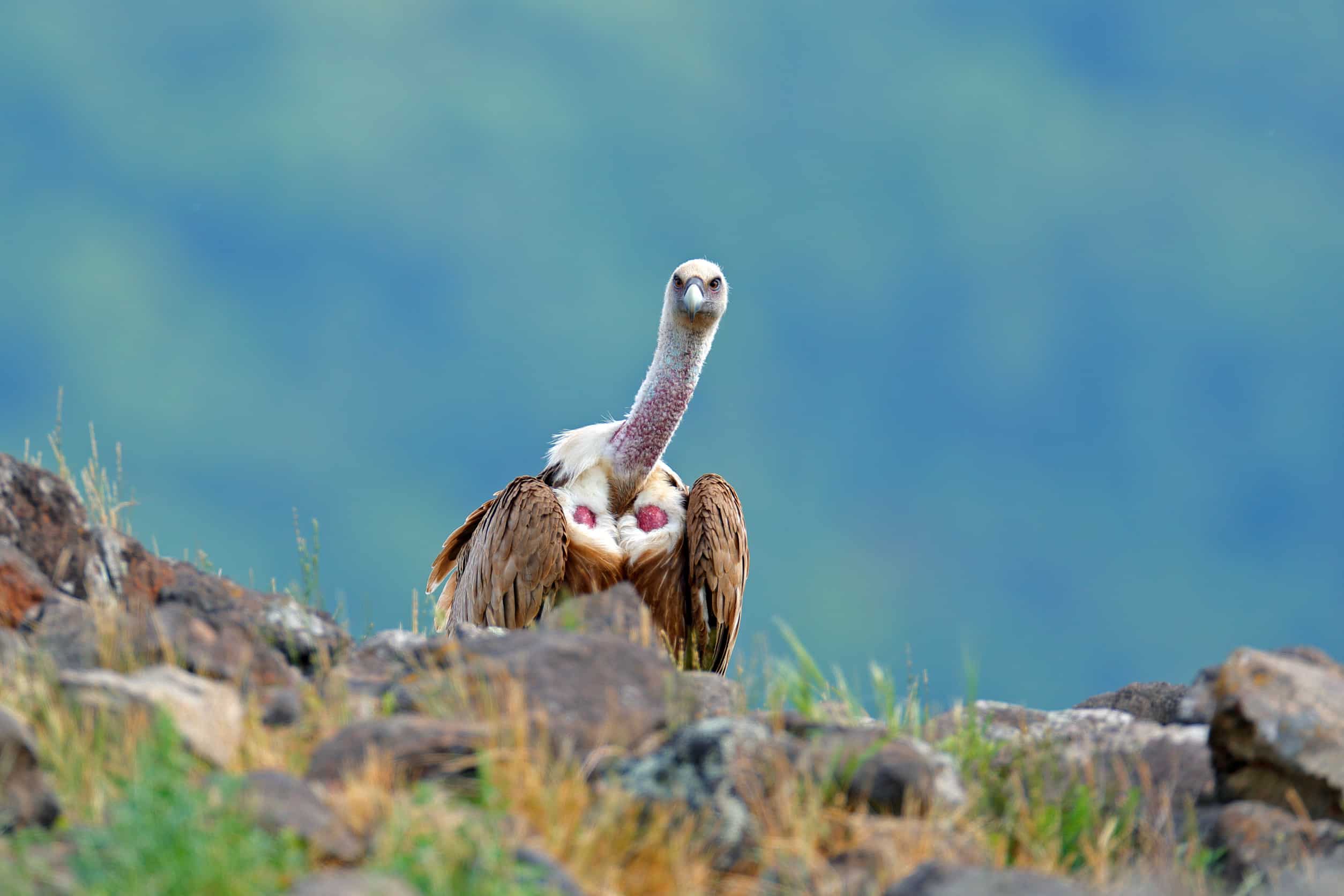Image Credit: hryshchyshen/123rf.com
In a remarkable citizen science initiative, nearly 30,000 schoolchildren across Denmark have contributed to the discovery of nine new species of tardigrades, tiny organisms known for their extraordinary resilience. This collaborative project, dubbed the Mass Experiment, was organized by the Danish National Center for Science Education (Astra) in partnership with researchers from the Natural History Museum of Denmark.
The young participants, aged seven to 16, gathered moss and lichen samples from various environments, including parks and forests, to study the habitats of these microscopic creatures. The initiative resulted in over 8,000 samples, significantly expanding the scientific community’s understanding of tardigrade biodiversity in Denmark.
Tardigrades, often referred to as water bears, are known for their ability to survive extreme conditions, including freezing temperatures, high radiation, and even the vacuum of space. Their study is critical for advancements in biotechnology, particularly in developing dry vaccines and exploring potential applications in space exploration and environmental health.
The research team, led by tardigradologist Piotr Gąsiorek, analyzed nearly 700 high-quality samples from the project. Out of these, they identified 55 tardigrade species, including the nine previously unknown to science. Notably, the discovery included male representatives of several species, a rare finding in land-dwelling tardigrades, which typically reproduce asexually.
This initiative not only yielded significant scientific findings but also inspired a new generation of young scientists. More than 60% of the participating students reported increased interest in science following their involvement in the project. The Mass Experiment highlights the effectiveness of citizen science in accelerating research and fostering enthusiasm for scientific exploration.
As researchers continue to utilize advanced DNA analysis techniques, the future of tardigrade research looks promising, with the potential for further discoveries about these remarkable organisms. This project exemplifies how collaboration between scientists and the public can lead to significant advancements in our understanding of biodiversity and ecology.
Check out the original article here: Source link



